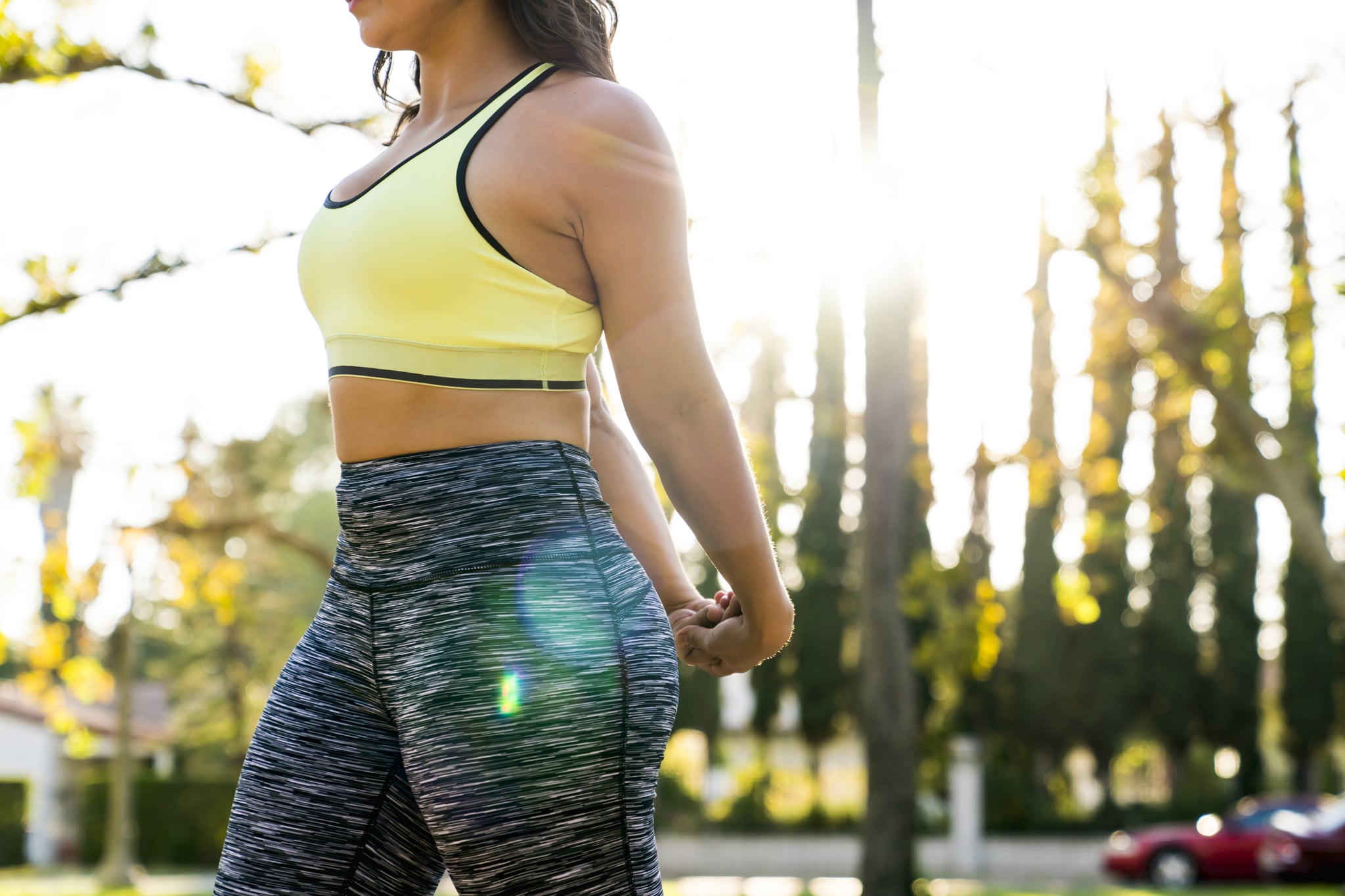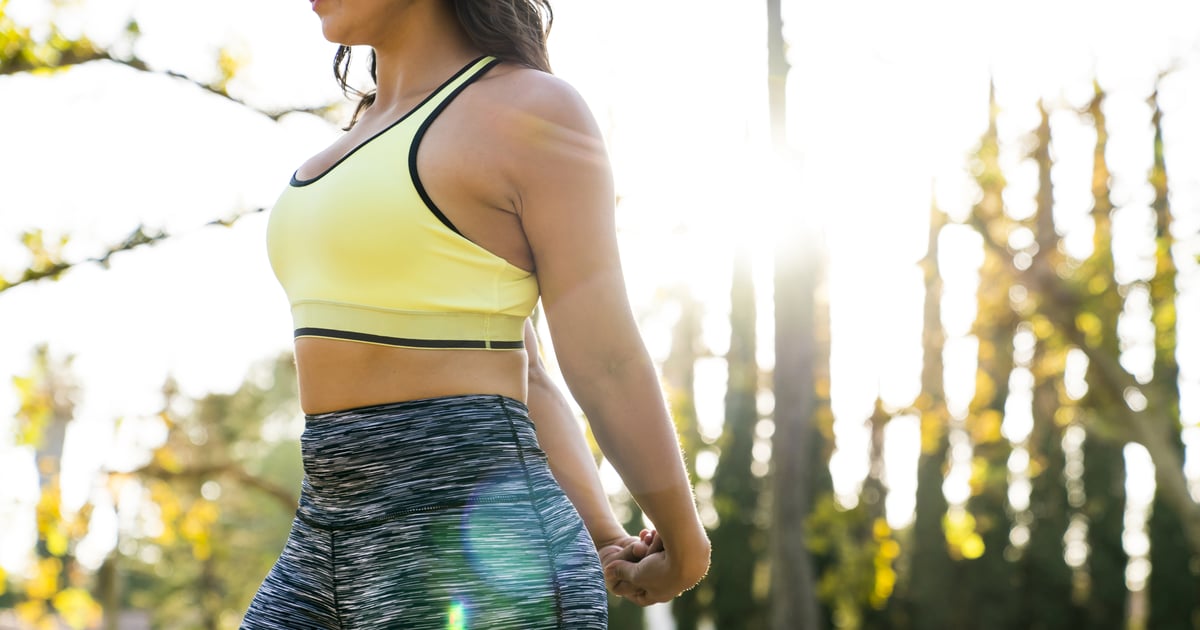
There’s a reason people refer to annoyances as a “pain in the neck” — neck pain is at best really uncomfortable and at worst completely debilitating. We often hold a lot of stress in our neck, yet we tend to give this part of the body very little thought. If you’ve ever found yourself mindlessly massaging the curve between your neck and shoulders after a workout, this trick is for you.
The next time your coach, instructor, or trainer tells you to lift your head during an ab series or where to look during a yoga flow, think eyes first, neck second, allowing your gaze to lead your neck movements instead of the other way around. Then focus on keeping the back of your neck smooth and “wrinkle-free.” What does that mean, exactly? First, touch the back of your neck and slowly tilt your head upward. See how it feels kind of wrinkly? Your neck should be a natural extension of your spine. Depending on the exercise, it’s OK to keep your chin slightly tucked — but craning or cranking your neck outward or upward should be avoided at all costs.
If you’re in a supine position — think: hip bridges or dead bugs, where your face is towards the sky — you can keep your chin neutral or slightly tucked. If you’re doing ab work that calls for your head to be lifted off the ground, lift slowly and keep your eyes on your belly button for the duration of the work. (And if this gets uncomfortable, it’s OK to put your head back down.) If you’re in a prone position — think: planks or push-ups, where your face is towards the ground — keep your eyes down and visualize a smooth back of the neck.
For disciplines like Pilates or yoga, the instructor will often tell you where to focus your gaze. When you’re intentional and treat each transition with equal care, you’ll be amazed at how much less you’re popping ibuprofen or having to crack your neck for relief.
Other Tips For Relieving Neck Pain
Between workouts, focus on building other good habits that will help ease muscle tension.
- If you sit at a desk all day, get a monitor stand or riser to lift your computer closer to your eye line. While you’re at it, invest in a good chair that supports your back and adjusts to various heights so your line of vision can change as necessary.
- Similarly, to avoid “text neck,” try bringing your phone closer to you rather than staring down at it in your hands or lap. Use your computer, laptop, or tablet whenever possible to complete phone-related tasks; these devices are larger and therefore typically less cumbersome to use.
- Practice looking up, down, and side to side without moving your neck at all. The gaze leads and the body follows. Remember: eyes first, neck second!
